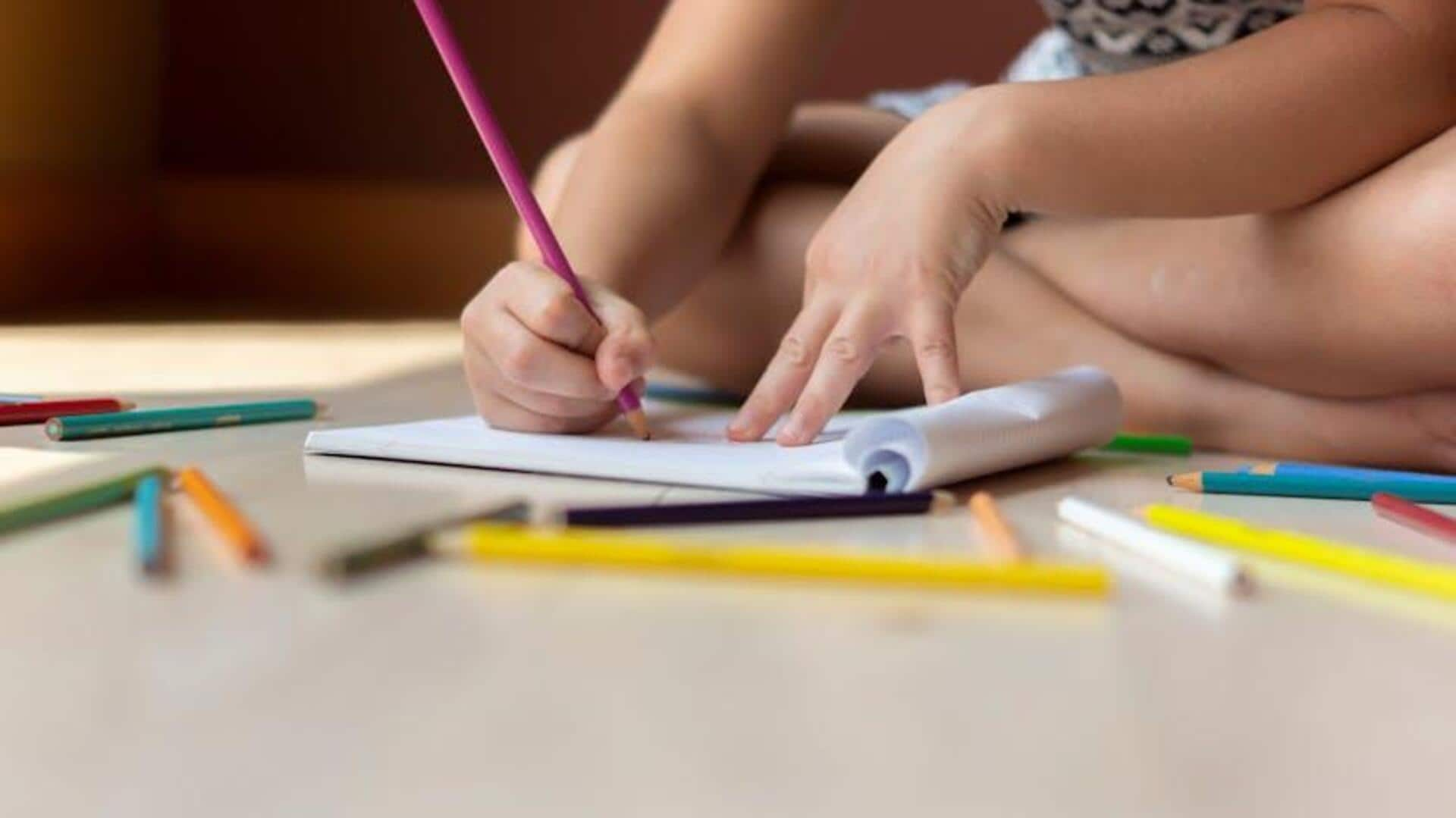
5 drawing exercises your kids will enjoy
What's the story
Drawing can serve as a potent tool for children to express their emotions. It gives them a medium to communicate feelings that they may not have the words for. Drawing exercises can sharpen children's emotional expression skills, giving them an outlet to explore and understand their emotions better. Here are five drawing exercises that can help you with the same.
Tip 1
Drawing emotions
Encourage kids to draw faces that portray a wide range of emotions, such as happiness, sadness, anger, and surprise. This exercise helps them recognize and understand different emotional expressions. Associating particular colors or shapes with specific feelings can further help kids identify and express their emotions with greater clarity and confidence.
Tip 2
Storytelling through art
Ask kids to draw a series of pictures that tell a story about how they felt on a certain day or event. This activity prompts them to think about their experiences and express them through art. It also helps develop narrative skills as they learn to sequence events and how to convey emotions through the medium of visuals.
Tip 3
Color your mood
Give kids different colors and ask them to pick ones that show how they feel at that moment. They can use those colors to create an abstract piece. This activity ensures kids associate colors with emotions, making them self-aware of their current mood and driving them to speak openly about feelings.
Tip 4
Draw your safe place
Invite kids to draw a place where they feel safe and happy. It could be real or imaginary, like a favorite room or an enchanted forest. By visualizing this space, kids can explore what makes them feel secure and content, which is crucial for emotional development.
Tip 5
Emotion wheel creation
Guide children in creating an emotion wheel by dividing a circle into sections representing different feelings like joy, fear, excitement, or calmness. They can fill each section with drawings or symbols related to those emotions. This exercise not only helps broaden their emotional vocabulary but also provides insight into the complexity of human feelings.